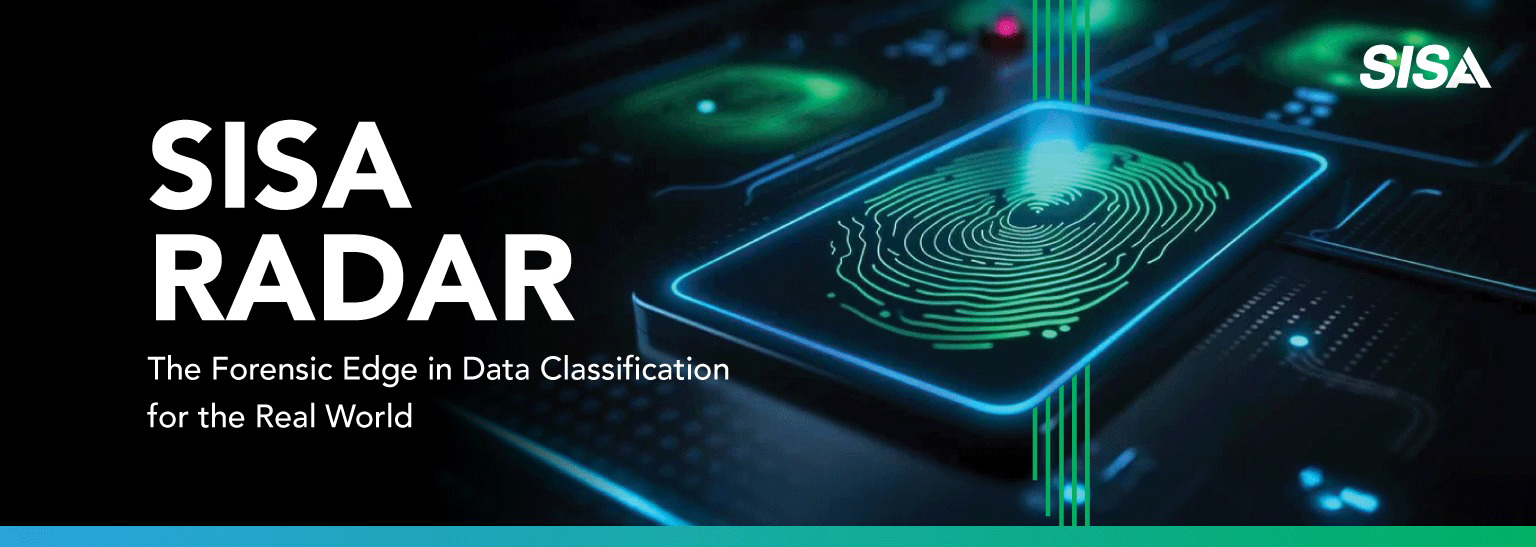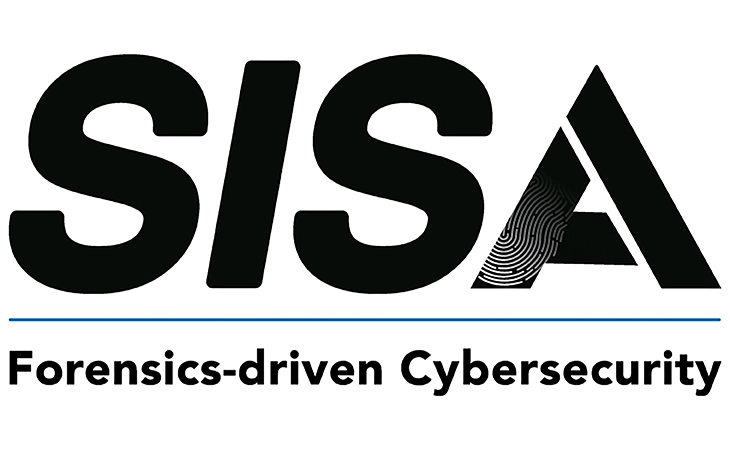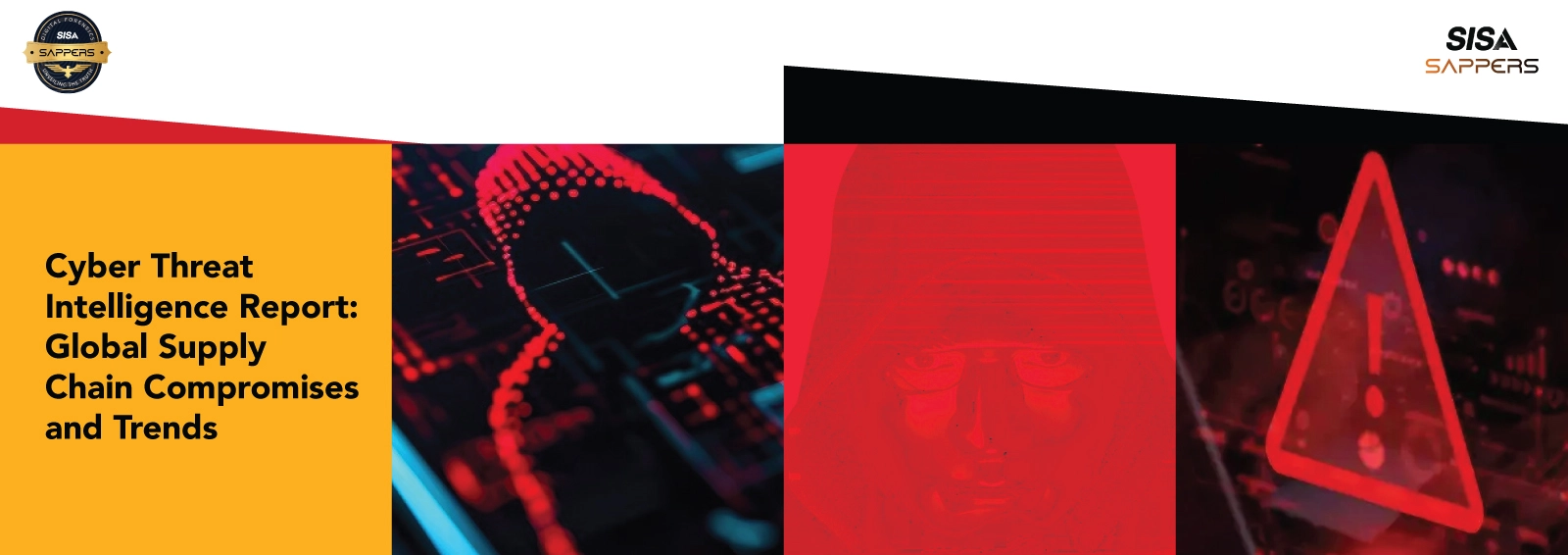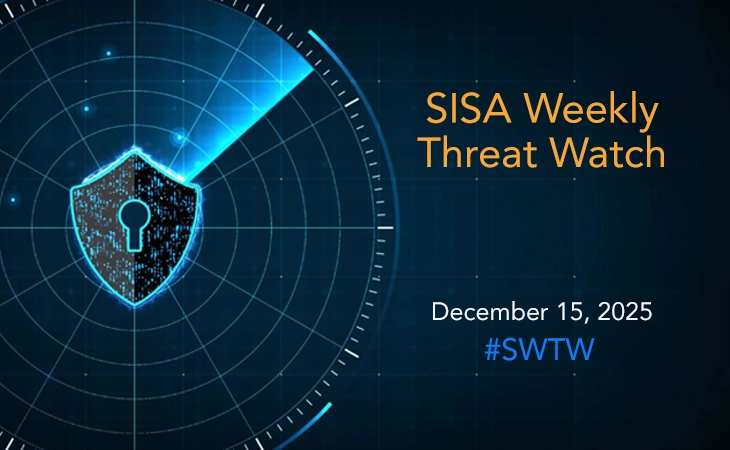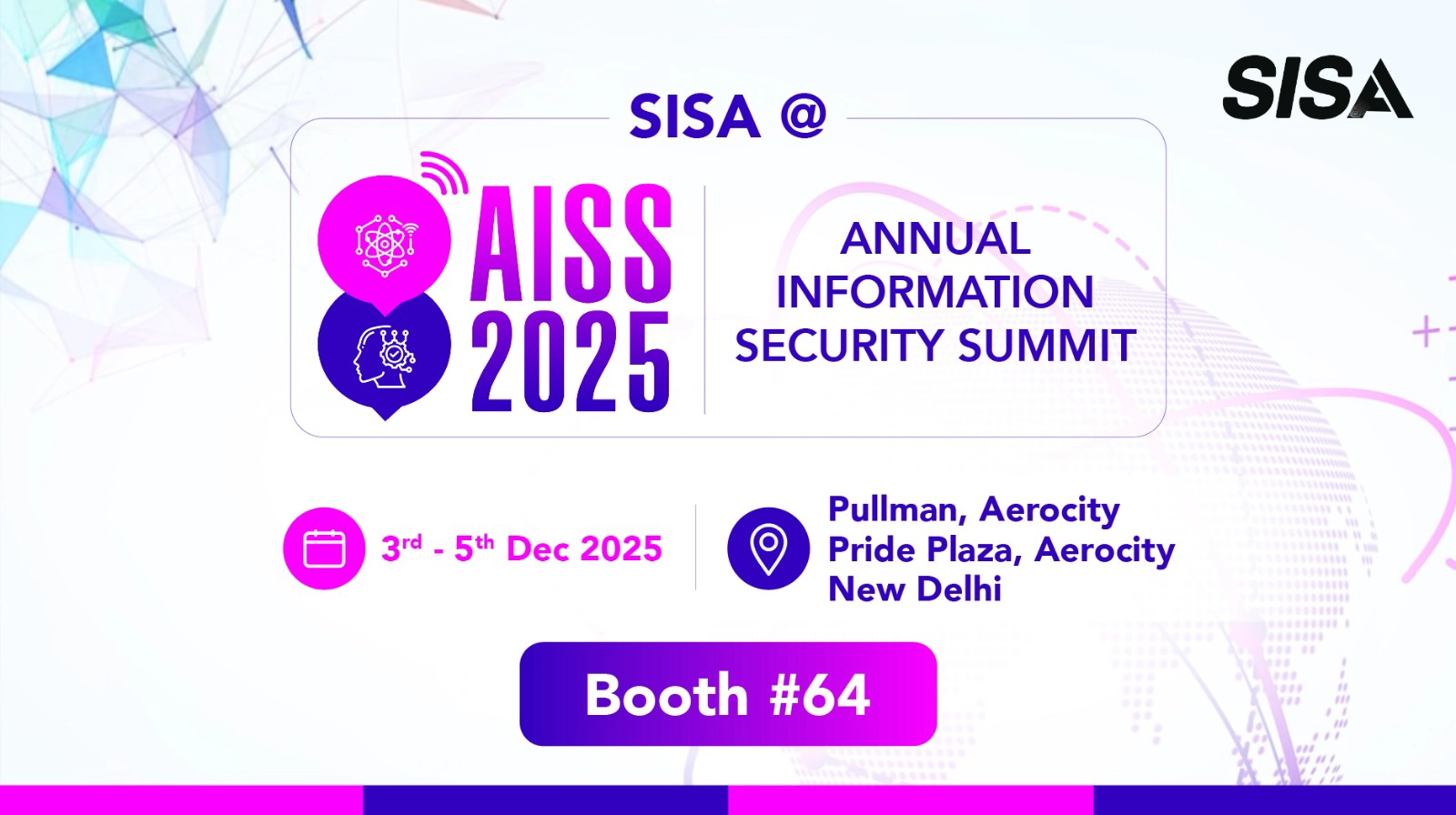Home » The Strategic Case for AI Literacy: Preparing for the EU AI Act
The Strategic Case for AI Literacy: Preparing for the EU AI Act
Share on

The European Union Artificial Intelligence Act (EU AI Act) represents more than a regulatory framework; it’s a paradigm shift in how we govern and leverage artificial intelligence. As the first of its kind, this legislation not only sets harmonized rules for AI development, marketing, and use but also signals Europe’s commitment to fostering trust, transparency, and accountability in AI. The EU AI Act takes a risk-based approach, imposing varying levels of oversight depending on the potential harm AI systems may pose. Prohibited uses include AI applications that violate fundamental rights, while high-risk systems face stringent requirements for governance and risk management.
Noncompliance penalties are steep, ranging from €7.5 million or 1.5% of annual turnover to €35 million or 7% of annual turnover, depending on the severity of the infringement. Organizations across the AI value chain—providers, deployers, importers, and distributors—must ensure compliance. Even companies outside the EU that have AI systems used within its borders are subject to the Act.
From a security training perspective, the EU AI Act’s emphasis on governance, risk management, and transparency reshapes how organizations approach AI literacy and workforce readiness. The Act not only sets a legal precedent but also elevates the strategic importance of training employees to recognize and address ethical, technical, and regulatory challenges posed by AI. For leaders, this provision isn’t merely about compliance; it’s a chance to reimagine how AI literacy can drive innovation, mitigate risk, and enhance competitiveness.
The EU AI Act’s literacy requirements take effect on February 2, 2025, with enforcement beginning August 2, 2025. These deadlines should be seen as opportunities rather than constraints. Leaders must use this transitional period to build robust AI literacy frameworks that go beyond minimum compliance.
Preparation involves creating centralized repositories for AI models to facilitate tracking and governance, alongside developing dynamic training programs tailored to the evolving needs of employees. This approach not only ensures readiness for regulatory scrutiny but also enhances organizational agility in adopting emerging AI technologies.
For C-level executives, the EU AI Act serves as both a challenge and an opportunity—one that requires strategic foresight and organizational readiness. AI literacy offers a chance to position their organizations as pioneers in ethical AI deployment. By cultivating an informed and empowered workforce, companies can differentiate themselves in a competitive landscape increasingly shaped by stakeholder expectations for transparency and accountability.
Integrating AI Literacy: From Vision to Execution
Embedding AI literacy into the organizational fabric requires a deliberate and leadership-driven approach. Boards and C-suites must champion this shift, aligning literacy initiatives with broader business goals. The process begins with an organizational audit to identify current gaps in AI knowledge and governance. This assessment should inform the creation of tailored literacy programs designed to meet the specific needs of diverse roles—from technical teams to non-technical departments like HR and marketing.
Integration is key. AI literacy must be seamlessly woven into existing workflows and operations, ensuring that it enhances rather than disrupts.
The Act’s AI literacy requirements are context-specific, varying by the type and risk level of AI systems, the roles and technical expertise of employees, and the size and resources of the organization. Security training programs should address these nuances through tailored approaches.
- Basic training provides foundational knowledge for all employees to understand AI’s basic functions and risks.
- Role-specific modules focus on personnel involved in high-risk AI systems, including those in HR, cybersecurity, and compliance.
- Continuous learning ensures regular updates to reflect technological advancements and regulatory changes. For instance, HR professionals must recognize biases in AI-driven hiring tools, while cybersecurity teams need insights into protecting AI systems against evolving threats.
The Leadership Imperative: Driving AI Literacy for Long-Term Value
The EU AI Act represents a unique opportunity for leaders to redefine their organizations’ relationship with AI. Compliance with Article 4 is not the end goal; it is the starting point for a broader strategy to embed AI literacy as a core competency. It is a call to action for cultural transformation. By fostering AI literacy, organizations can create a workforce that is not only technically competent but also ethically aware and strategically aligned. This cultural shift is essential for navigating the complexities of AI in a way that is both responsible and innovative.
This requires a shift in perspective—viewing AI literacy not as a regulatory checkbox but as a strategic priority that drives innovation, builds trust, and ensures resilience.
The time to act is now. By embracing the EU AI Act’s vision and leveraging AI literacy as a competitive differentiator, leaders can ensure their organizations thrive in the age of AI.
How SISA’s CSPAI Program Helps Organizations Advance AI Literacy
As organizations navigate the complexities of the EU AI Act, SISA’s Certified Security Professional for Artificial Intelligence (CSPAI) can be a vital partner in fostering AI literacy. CSPAI offers a strategic framework to bridge the gap between compliance requirements and innovation in AI deployment.
The program addresses a critical challenge for organizations: ensuring workforce readiness to responsibly adopt, manage, and secure AI systems in a dynamic regulatory environment. By blending technical rigor with ethical considerations, the program equips professionals to understand and mitigate AI-related risks while adhering to global best practices, such as ISO and NIST frameworks. This dual focus not only ensures compliance with key regulations, including the EU AI Act and GDPR, but also empowers organizations to build resilient, trustworthy AI systems that inspire stakeholder confidence.
With a particular focus on generative AI and large language models, CSPAI enables organizations to responsibly integrate cutting-edge AI technologies, turning potential risks into opportunities for competitive advantage.
Moreover, as the first ANAB-accredited certification program in AI security, CSPAI sets the gold standard for professional validation. This accreditation underscores its relevance in fostering industry-leading practices, giving organizations a distinct edge in their AI initiatives.
 USA
USA India
India APAC
APAC Middle East
Middle East Global
Global

 Facebook
Facebook Linkedin
Linkedin  X
X Youtube
Youtube



